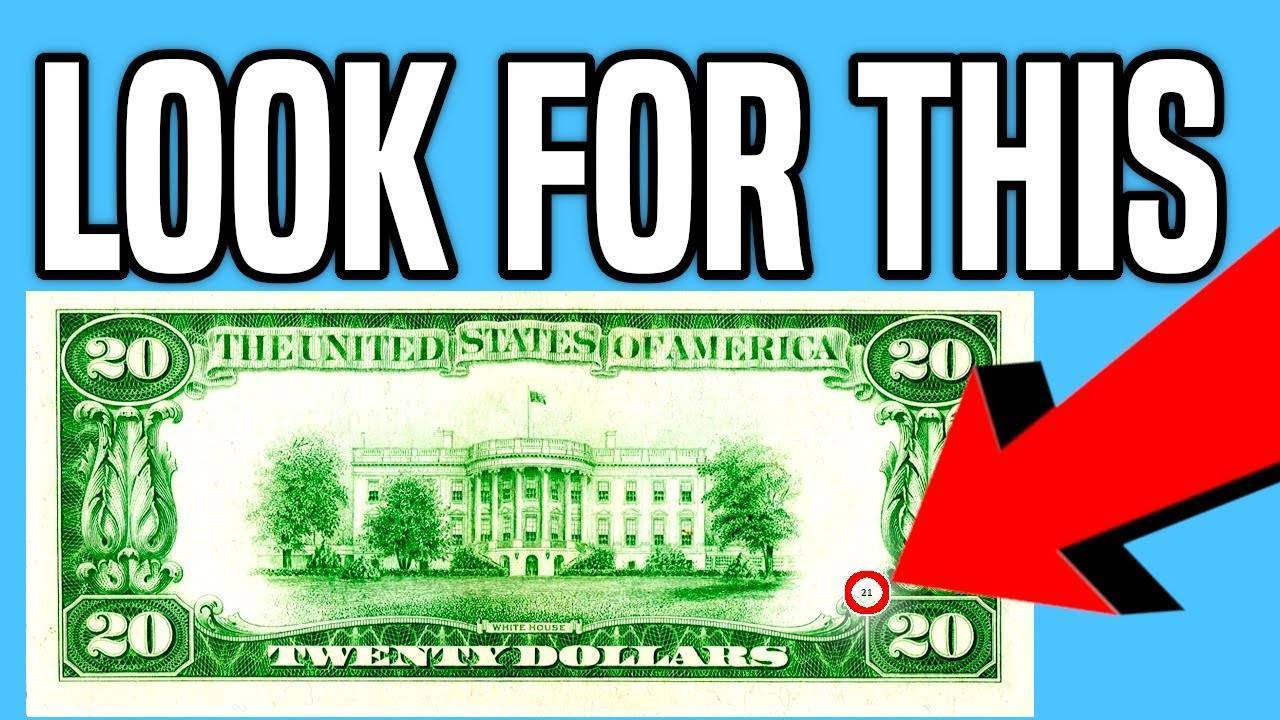rare $10 bill In an extraordinary event that has attracted currency collectors across the country, a rare 2023 reverse-stamped $10 bill was recently found in a small town diner, proving once again that priceless treasures can be found in the most unexpected places. This remarkable discovery has created a stir in the numismatist community and highlighted the potential gold mines hidden in everyday money.
Understanding the Inverted Seal Error phenomenon rare $10 bill
An inverted seal is an error in which the colored Treasury seal is printed upside down relative to the rest of the note. These printing anomalies occur during the complex multi-step coin production process at the Bureau of Engraving and Printing, the official government body responsible for the design and production of U.S. currency.
Market Values and Recent Sales Data
| Error Type | Recent Sale Price | Year | Condition |
|---|---|---|---|
| Inverted Seal $10 Bill | $84,000 | 2023 | Fine |
| Ghost Ink $1 Bill | $47,000 | 2024 | Very Fine |
| Seal Misprint $5 Bill | $480,000 | 2023 | Uncirculated |
| Inverted Seal $1 Bill | $1,900 | 2021 | Good |
The Discovery That Changed Everything
An unidentified restaurant customer found a note in loose change during breakfast. What appeared to be ordinary currency soon became an extraordinary collector’s item when the distinctive upside-down Treasury seal on it caught the attention of a local numismatist. After authentication by a currency appraisal service, it was confirmed that the note was a genuine error of an upside-down seal from a series of U.S. currency notes from the 1950s.
Why These Errors Are So Valuable
These types of errors are extremely rare, as the printing process of U.S. currency involves many levels of quality control. The Federal Reserve System keeps close track of currency production, making these errors extremely rare and consequently valuable to collectors.
Authentication and Grading Process
Professional authentication, through services like Paper Money Guaranty (PMG) or PCGS Currency, ensures legitimacy and determines market value. Currency errors can happen at any time and in any denomination, such as: Misprinted dollar notes – Erroneous dollar notes for $1, $2, $5, $10, $20, $50 and $100.
Where Are These Treasures Still Found
Experts say grocery stores, yard sales, flea markets and estate collections are common places where rare currency is rediscovered. The U.S. Treasury Department has confirmed that old currency series sometimes remain in circulation through various means.
What Makes This Find Special?
The more extreme, the more valuable and desirable to collectors. This specific reverse stamp error presents a perfect blend of rarity, condition, and historical significance that raises collector demand to extraordinary levels.
Expert Tips for Currency Finders
Professional numismatists recommend carefully examining all currency received as change. First, inspect the serial numbers on both sides of the note and check for misprints, unusual ink patterns, or reversed elements that may indicate valuable errors.
This discovery serves as a powerful reminder that extraordinary value can be derived from even the most ordinary transactions, and encourages Americans to pay more attention to the change they find in their everyday pockets.
Frequently Asked Questions
Q: How can I identify an upside-down stamp error?
Answer: Check for the Treasury seal printed upside-down relative to the orientation of the note, incorrect serial numbers, or unusual ink patterns.
Q: Are these notes still legal tender?
Answer: Yes, defective notes remain legal tender, but their collectible value far exceeds face value.
Q: Where should I get my defective bill authenticated?
Answer: Use reputable grading services like PMG or PCGS Currency for professional authentication and appraisal.
